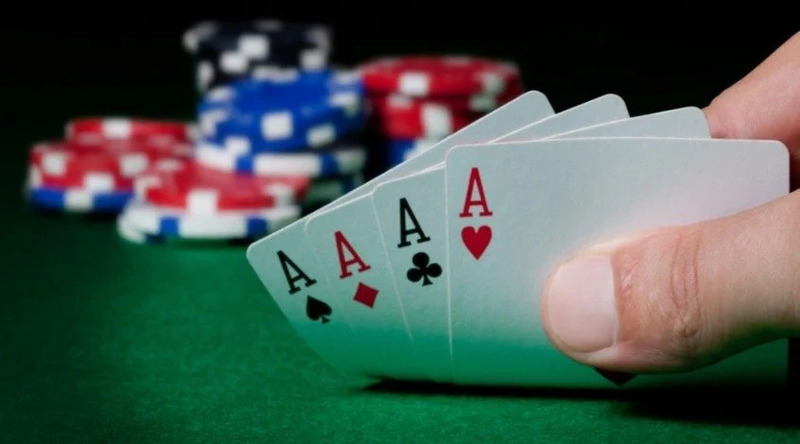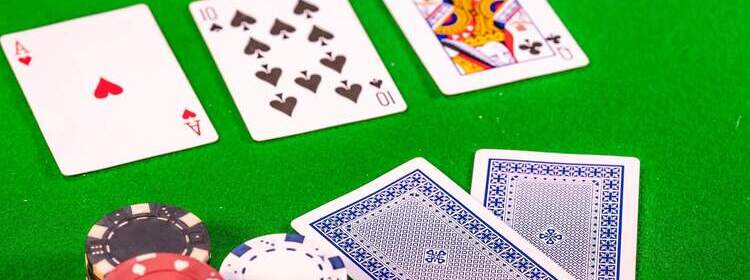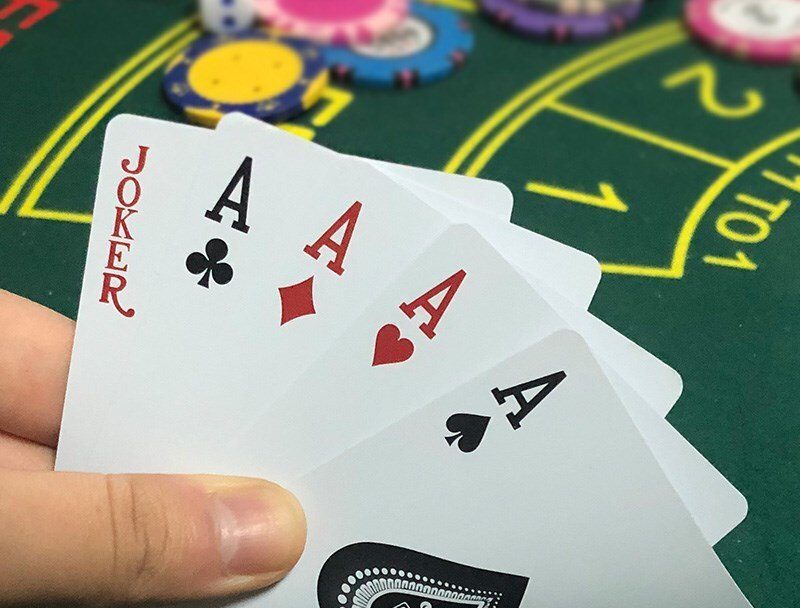
What is SPR in poker?
The game of poker requires knowledge of many aspects and nuances at each stage, and only this can ensure the maximum effect of the game. For example, when deciding on the preflop or the flop, one must understand how much of the player’s stack exceeds the size of the current pot. SPR in poker is the best method of determining this ratio. But you need to understand what it is and how it is calculated.
SPR in poker
This concept can be found originally in the book “No Limit Hold’em for Professionals”. Today, this method is actively used by numerous players.
Stack to Pot Ratio refers to the ratio of the effective stack to the current pot. In the former case, it refers to the least amount of involvement in the distribution of chips. For example, if there are 3 players with $30, $20 and $55 competing for the pot, the effective stack is $20.
The idea behind this term is that a poker player with fewer chips will be tied to the pot. With a larger stack, there will be less dependence on the pot. And, based on the game scenario, being tied to the stack tells you to call or raise your opponent’s bet.
And in this case, the meaning of the term can be divided into 3 categories:
- A value below 3 is low.
- between 3 and 6 is medium.
- High more than 6.
Why do I need to know the SPR?
It is primarily required in order to make good decisions based on the ratio of the smaller stack to the pot. The main purpose of SPR is to determine a player’s attachment to the pot. It’s not really a profitable situation, so it’s best to avoid it, and especially not with the strongest hand.

How is the calculation done?
When calculating, the effective stack, which is the smallest stack in the hand, should be used. It doesn’t have to be a player’s stack. The reason is that even if a player has $200 and his opponent has $100, he still can’t make more than $100.
To find out the value of this figure, you simply divide the value of the minimum stack by the size of the pot. This can be done both on the overflop and on the flop. But once 3 cards have been dealt, everything becomes clearer, and the calculations are more reliable.
High
For example, there is $10 in the pot, and each poker player has $200. In this case the SPR would be 20. With a raid and a counter-raise the player would have a choice of either calling due to a good pair in his hand or folding as his opponent might have a better hand. But if the opponent goes all-in on the turn or river, the pair will be a weak combination.
Average
There is $10 in the sweat and the minimum stack is $50. The SPR will then be 5. Here the player can play less cautiously as the risks are minimal.
Low
There is still $10 in the pot and the minimum stack is $30. The SPR is only 3. And here the raise on the flop will not be any risk, as the player will have few options. You can either flush or fold.
So SPR is a useful concept in the game, and it allows you to evaluate a player’s attachment to a certain flop. And based on that, you can make mathematically correct moves.
In fact, to be successful you need to know the basics of the calculation and the conditions of participation in a low-scoring pot.
Popular topics
-
 Is poker a game of chance or a sport?
Is poker a game of chance or a sport?Poker is a global phenomenon that has captivated millions. …
-
 Mastering the Board in Poker: A Game-...
Mastering the Board in Poker: A Game-...Forbes online casino, an industry titan, offers a rich …
-
 Is poker a game of chance?
Is poker a game of chance?Card games attract the attention of players today. And …
